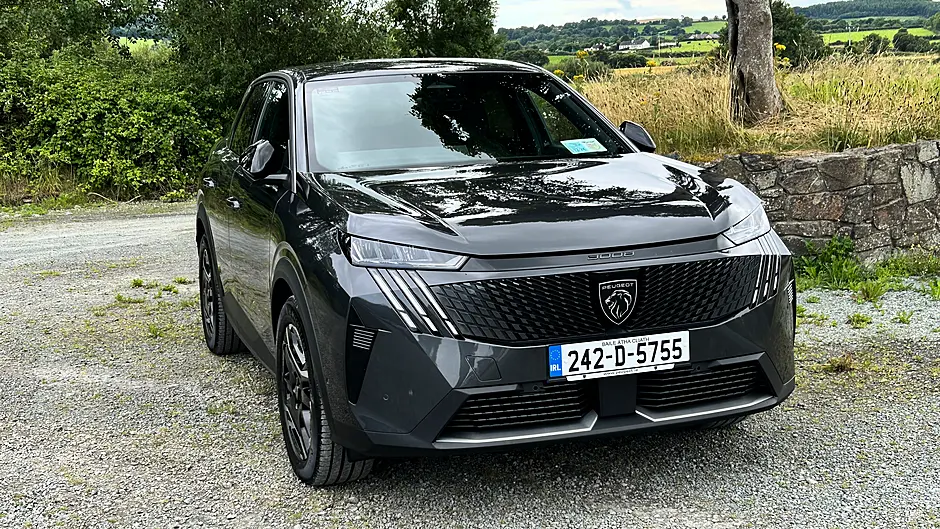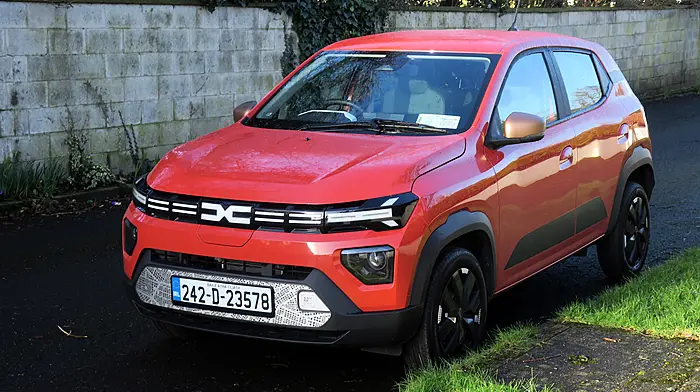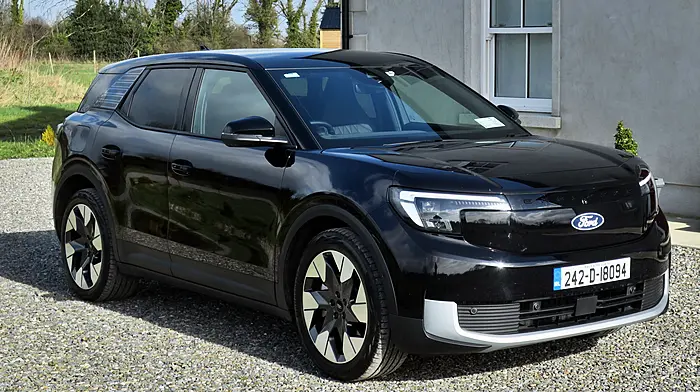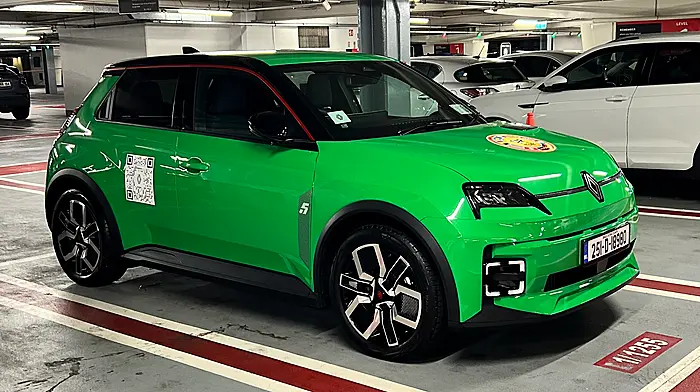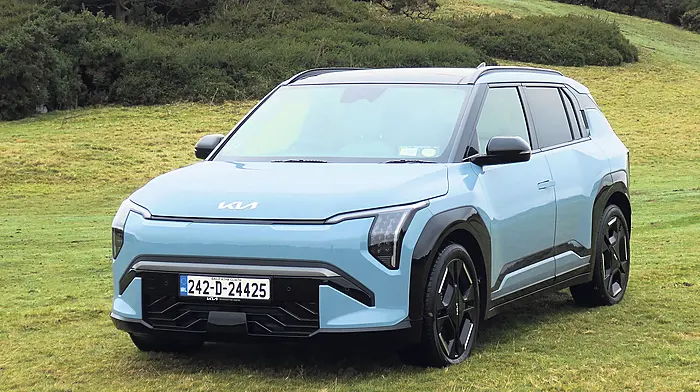BY BRIAN BYRNE

WHEN Peugeot launched their first generation 3008 in 2009, they found themselves with an unexpected hit. In format an extended and taller version of their 308 hatch, it was tasked to make ‘conquest’ sales for people who had been driving large SUVs and MPVs.
The segment was already being served by Nissan’s first Qashqai, Ford’s Kuga, the VW Tiguan, and Renault Koleos but the 3008 started well here, at the end of that year winning the Irish Car of the Year Award presented by the Irish Motoring Writers Association. In 2017, the second generation arrived, this time very definitely morphed to the form of a compact crossover SUV, and promptly won the 2018 Irish Car of the Year.
A new generation 3008 has arrived in Ireland to carry a Peugeot torch into the already very busy action for this year’s awards by members of what is now the Motoring Media Association of Ireland. No pressure.

I’ve had first drives in the two versions which are available to start — a ‘mild’ hybrid petrol and a fully electric. A plug-in hybrid is coming, and there will be no diesel. That’s a change from the first generation, introduced with only a diesel engine at the height of the ‘torque is the new black’ diesel craze here.
Since the 2017 model the Lion brand have updated their overall face to the world, and the latest 3008 very much reflects that. A strong front with a very prominent Lion shield, and a purposeful image from the headlights and DRL integrated shapes. The profile of quite deep sheetmetal carries the ‘glasshouse’ area now tapering to a fastback shape which ends in what we used to call a Kammback vertical rear. It’s the design that German aerodynamicist Wunibald Kamm found in the 1930s was a significant reducer of aerodynamic drag, cutting fuel consumption. The three-quarter rear view is interesting, with a complex roof spoiler channelling the airflow. The style of the wheels is dramatic, and I suspect the aerodynamicists had a part there too.
Inside, the driver’s area is high drama, and the latest iteration of what Peugeot style their i-Cockpit thinking with the driving information shown above what has become an even more hexagonal steering wheel. This version integrates fully the nav-infotainment screen. First drive events don’t really give time to examine such things in depth, but I found most of the ways of controlling temperature, navigation, and radio volume reasonably easy to navigate. The front passenger gets wrapped in the curve of the dashboard into the door trim.
Longer, taller and higher than its predecessor, the latest 3008 also has a longer wheelbase. So for this two-row car there’s extra and more than ample accommodation for three in the back seats. The car was designed for multiple powertrains, including electric, from the beginning, and while the compactness of the EV system allows extra interior space, the petrol hybrid unit also fits in the first ‘box’ without impacting on the cabin area.

From now, the e-3008 comes with a 210hp Standard Range battery rated at 527km. A Long Range with 230hp will be available early next year with a 680km rating, and there will also be a 320hp dual motor variant coming around the same time with AWD. The MHEV hybrid car is a 136hp 1.2 petrol with a 6-speed dual clutch automatic.
From the launch event one quick takeaway is the comfort and unflappability of the new 3008 over a variety of roads, including motorways and on mountain rural sections. The handling of the heavier e- version particularly got my attention, as this would be where any issues would show themselves.
The other important thing is that, though neither is by any means an inexpensive car, the electric one is actually marginally cheaper than the petrol-hybrid, once state subsidies are taken out. This closing of the gap eliminates one of the grumbles about EVs, and I’ll be interested to see if the same will happen in the smaller cars segments sooner rather than later.
More when I have a proper chance to live with the car.

